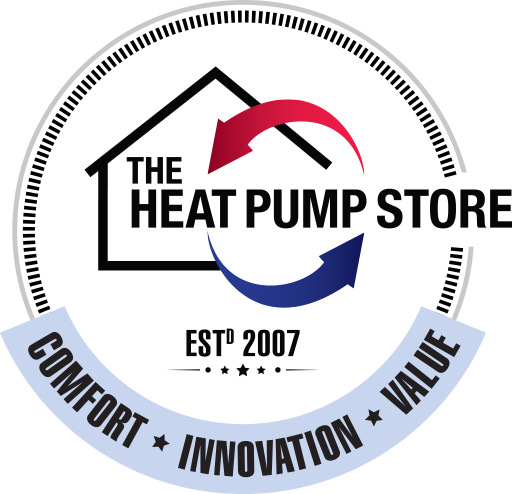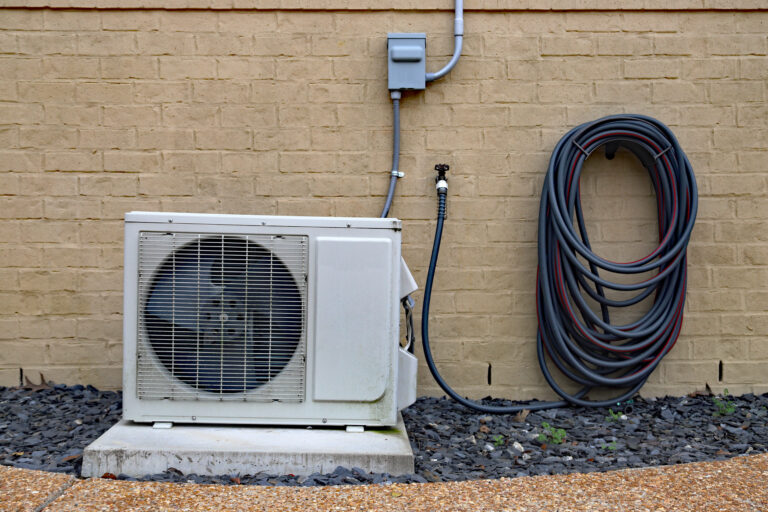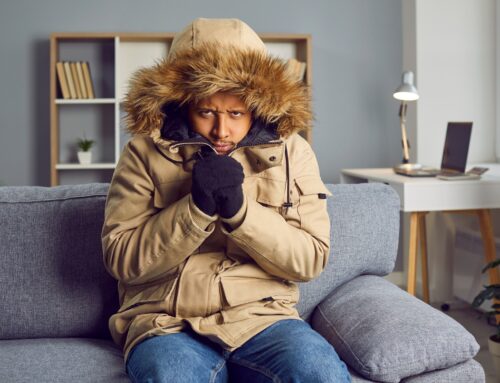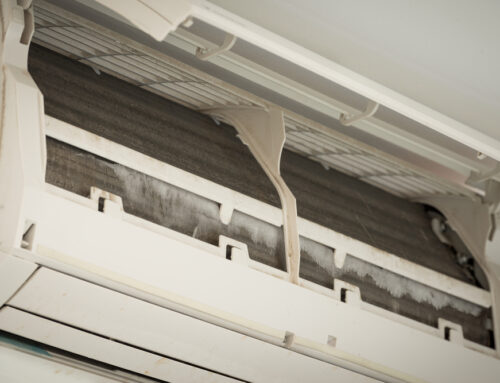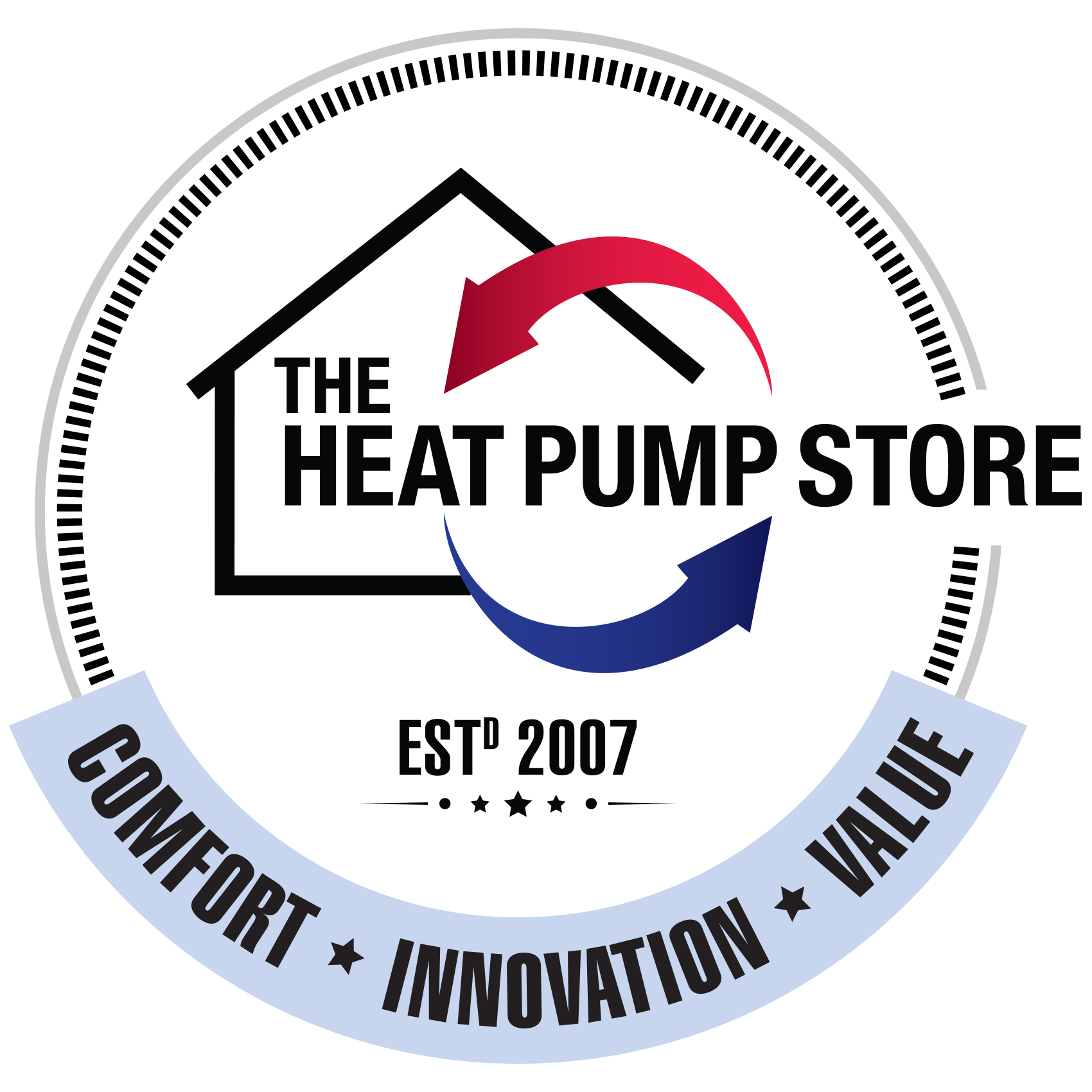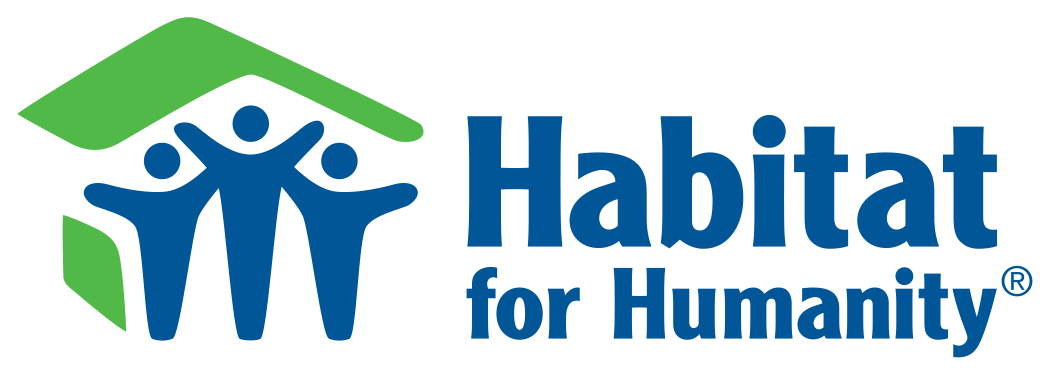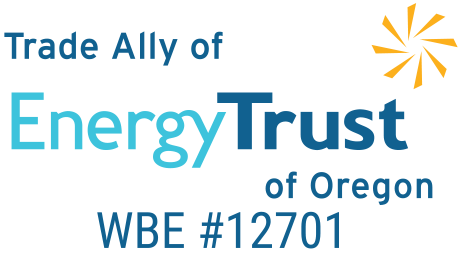If you live in the Pacific Northwest, then your ductless heat pump can be your best friend. If you take care of it, it’ll take care of you.
These energy-efficient machines are ideal for small or moderate-sized homes, though their easily scalable nature also makes them a great fit for larger homes. Proper heat pump maintenance will help extend the life of your system and keep efficiency high. However, if you forgo routine maintenance, it takes no effort for small issues to require costly resolutions.
WHAT IS A DUCTLESS HEAT PUMP?
A ductless heat pump is a way to heat and cool your home through an energy-efficient, duct-free system. This system is made of two components: an indoor unit and an outdoor unit. Refrigerant pipes connect the indoor and outdoor unit/s.
When you need your home to be warmer, the refrigerant helps capture the outdoors’ heat and transfer it inside, even during sub-freezing weather! During summer months, the opposite occurs, and the heat inside your home is collected by the refrigerant, then brought to the outdoor unit to be released outside.
You can install more than one indoor unit if needed, though a single one should keep a small home comfortable. If you build an addition or want to include an indoor unit in your bedroom, for instance, the process is far simpler than with a traditional ducted HVAC system.
Ductless heat pumps are also much more energy-efficient than typical HVACs.
Indoor units of a ductless heat pump can be operated independently of one another. If you want your bedroom warmer, you can change the room’s target temperature for that room only, without wasting energy by pushing warm air throughout the entire home if it’s not needed.
WHAT MAINTENANCE DOES A HEAT PUMP NEED?
All ductless heat pump systems should come with an owner’s manual. While this document is often ignored, the information contained within it is essential when it comes to proper maintenance. The manual should list what maintenance is required and when. If you no longer have your manual, you can likely find a copy to download online. Furthermore, some general maintenance tips can apply to most ductless heat pump systems.
Each indoor unit comes installed with a mesh filter. This protects your equipment and helps block debris, dirt, and dust from blowing into your home. Over time, though, dust will begin to build up and cake the filter. This makes it difficult for air to get through and can cause your heat pump to have to work harder to ensure your home reaches the target temperature set on the indoor unit. This can lead to system failures and decreases heat pump efficiency.
Ideally, you should clean these filters once every month or more if you have lots of pets. This process is fairly easy and generally not time-consuming. First, follow the instructions in the owner’s manual to remove the filter. There are two different methods for cleaning your filters. The first is to simply vacuum the filter with a small hand-held vacuum. The second is to run the filter under some mildly soapy water to remove any built-up dirt and dust. Once clean, let the filter dry completely before returning it to the indoor unit. It’s essential to let the filters dry completely before putting them back in the unit, as excess moisture could lead to mold growth. Both methods are acceptable and effective, so pick the one that is most convenient for you! The main point is to remember to clean your filters on a monthly basis to keep your equipment running efficiently and powerfully.
HOW CAN YOU MAINTAIN YOUR OUTDOOR UNIT?
The indoor unit is not the only component that needs regular maintenance. Outdoor units can be susceptible to damage caused by extreme weather and/or yard debris. Leaves, ice, and snow can all interfere with the outdoor unit’s operations, making it especially important to inspect your unit throughout the fall and after any extreme weather event.
If you see leaves building up or clinging to the outdoor unit’s exterior, you can just brush them away. Should this be a recurring issue, you may want to trim back any tree branches that hang over the unit. Sometimes overgrowth of bushes can also crowd the outdoor unit. These plants may need some trimming, as well.
WHY IS IT IMPORTANT WHERE YOU PLACE THE INDOOR AND OUTDOOR UNITS?
Both units should be placed in locations that are both accessible yet a suitable distance away from any potential issues. Specific clearances for both indoor and outdoor units are dictated by each manufacturer and should be followed at time of installation to ensure proper operation of the system.
Outdoor units, in general, should have about four inches of clearance underneath them to allow for proper drainage. Oftentimes the units will be installed on blocks on an equipment pad to provide this clearance. If possible, the outdoor unit should be placed far away from any sources of potential issues. Overhanging tree branches or leaky gutters can easily clog, block, or otherwise interfere with how the unit operates.
WHEN SHOULD YOU CALL THE PROFESSIONALS?
While there is a fair amount of routine maintenance you can take on by yourself, you should still have professionals inspect your system at least once a year. They can help with any of the routine procedures detailed above, as well as to conduct a much more detailed inspection of your system. A yearly maintenance cycle should involve professionals checking and cleaning the unit’s condenser coils, checking and cleaning condensate drains, and verifying that the system is still running according to manufacturers specifications.
The professionals at The Heat Pump Store are the ductless heat pump experts of the Pacific Northwest. When you sign up for our Ductless Care Plan, we’ll go above and beyond to ensure your ductless system continues to operate effectively and efficiently. Contact us today to set up an appointment by calling 877-509-2961 or filling out our online form.
Featured Image: C5 Media / Shutterstock
